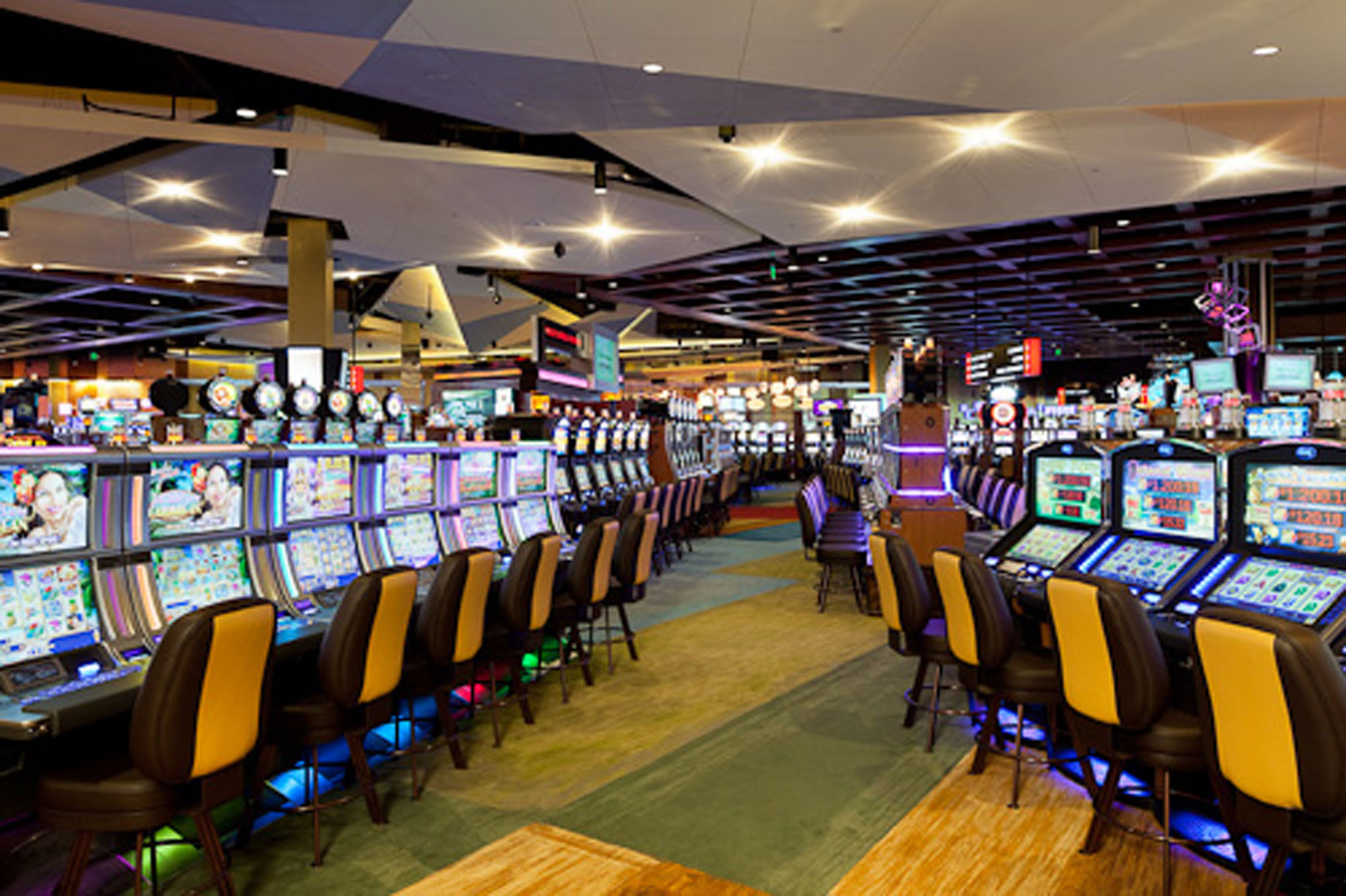The Experience of Game Mechanics in Casino Games
The sphere of casino entertainment has long captivated players with its combination of thrill, tactics, and the thrill of luck. As tech advancements progresses and the gaming landscape transforms, an exciting approach known as game-based learning has commenced to redefine the way we interact with these traditional activities. By incorporating gaming elements such as challenges, prizes, and progress tracking, this approach raises participant interaction and transforms the old-fashioned casino environment into a more interactive and inviting space.
This approach in casino entertainment not only appeals to experienced gamblers but also invites a fresh generation of players who desire a more immersive adventure. Featuring elements that promote participation and foster connection among players, the game-based features breathe new life into beloved classics like poker, 21, and slot machines. In we dig deeper into this phenomenon, we will investigate how this trend is transforming the casino experience, making it far accessible, enjoyable, and rewarding for everyone involved.
Grasping Game Mechanics
Gamification refers to the application of gaming aspects in non-game environments to improve player engagement and interaction. In the world of gaming, this idea has gained significant traction, altering traditional gaming into a much engaging and rewarding adventure. By integrating features such as scores, levels, and benefits, casinos can build an ecosystem that motivates players to engage more frequently and for longer times. rajacabe88
At the heart of this concept is the urge to harness the intrinsic desires of players. Gaming experiences that employ gamification methods are shaped to not only delight but also to encourage rivalry and achievement. Players are often drawn to the immediate feedback and progress tracking that these elements provide. This not only maintains them engaged but also nurtures a feeling of achievement as they achieve objectives and unlock fresh aspects.
Additionally, gamification can boost social interaction among players, creating a community atmosphere that enriches the pleasure of gaming experiences. Elements such as leaderboards, team challenges, and collaborative tasks allow players to connect with others, share stories, and battle in a good-natured manner. This social aspect adds another facet to the experience, allowing it to be even more engaging and enjoyable for participants.
Impact on User Interaction
Gamification techniques in casino games have remarkably transformed the way gamers engage with their beloved games. By including elements such as rewards, rankings, and accomplishment icons, gambling establishments create an environment that encourages a deeper connection between gamers and the activities they enjoy. This enhanced engagement leads to extended gaming periods and boosted player dedication, as gamers strive to unlock new stages or obtain exclusive bonuses.
Additionally, the social feature of interactive casino games cannot be ignored. Many platforms allow players to compete against others or fellow players, which brings a dimension of thrill and community. This rivalry drives engagement by appealing into players' drive to compete, prompting them to revisit for extra in order to raise their position or demonstrate their accomplishments. As a result, the social interactions foster a spirit of community that keeps players to play again.
Furthermore, the instant feedback and acknowledgment provided by game elements serve to inspire players. Whether it be a message of a new milestone or the thrill of earning a prize, these instant gratifications play a crucial role in maintaining attention. By continually rewarding players for their actions, casino games become greater than a leisure activity; they evolve into an engaging activity that holds gamers and enhances their pleasure.

Trends in Casino Game Design
The landscape of gambling game design is constantly evolving, driven by tech innovations and evolving player preferences. One significant trend is the incorporation of interactive technologies, such as VR reality and augmented reality, to enhance the gaming experience. These technologies create a more engaging environment, enabling players to perceive as though they are in a real casino, which can lead to prolonged play sessions and increased player satisfaction.
A further trend is the integration of storytelling elements into casino games. Game designers are focusing on narratives to create a deeper connection between the player and the game. This story-centric approach not only makes the games more enjoyable but also motivates players to engage emotionally, which can enhance their complete experience. By blending traditional gaming mechanics with engaging stories, developers are drawing in a wider audience who may not have previously engaged with casino games.
Finally, the emergence of multiplayer features is reshaping how players interact with casino games. Many games now feature social elements, such as broadcasting achievements or competing with friends, to promote social interaction and engagement. This trend reflects a move towards a more interactive experience, where players can link with others, sharing their excitement and struggles. As casinos adapt to these social dynamics, the act of gaming becomes not just about solo play, but also about building connections among players.
